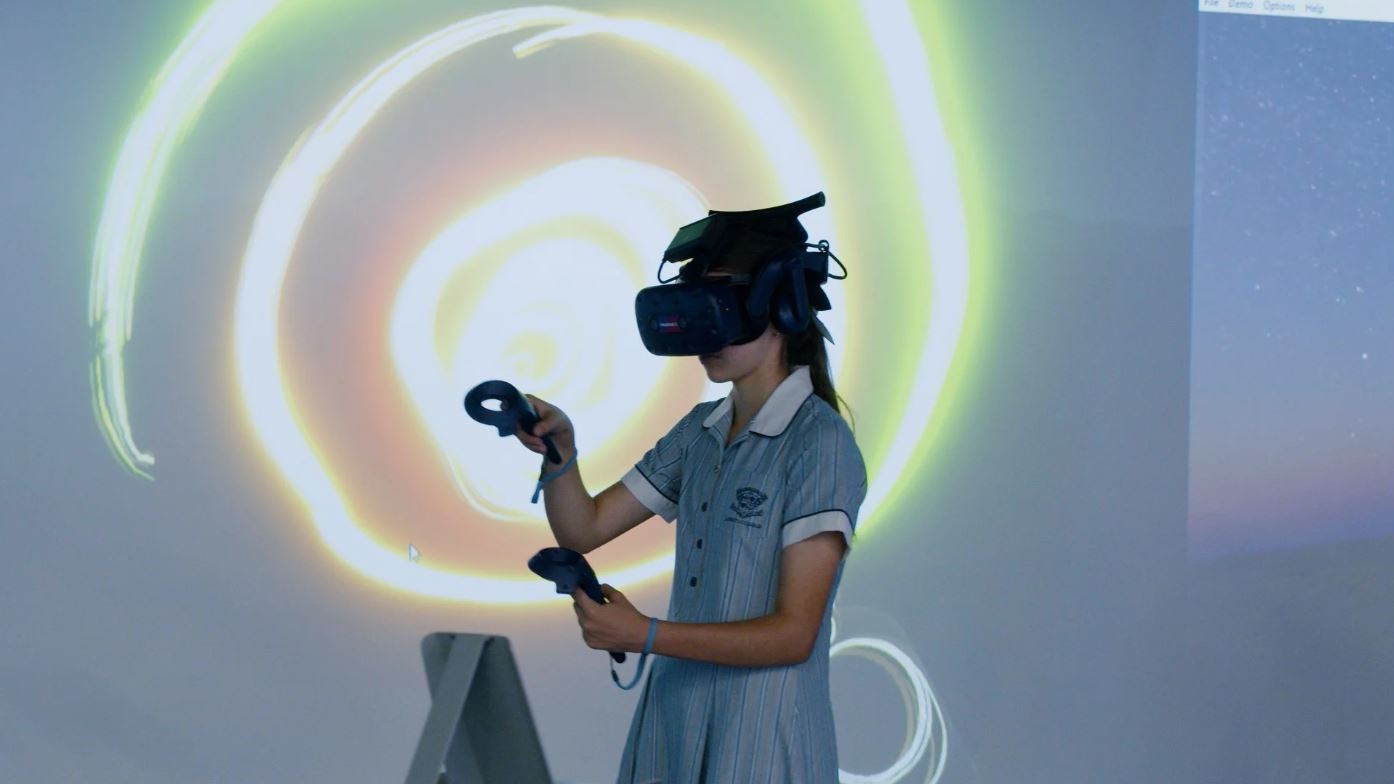
Across Australia, schools have been transforming their learning environments to equip and prepare young people for the dynamic and uncertain world that awaits them once they leave school.
One school that has been doing some inspiring work in this important area is Loreto College Marryatville in South Australia.
Through its award-winning strategic plan, the College is driving change through innovative learning spaces that reflect modern pedagogical approaches and connect students with cutting-edge technology to supercharge their critical thinking and creativity.
The school’s principal, Dr Nicole Archard, says the College’s learning spaces have undertaken some exciting changes in recent years.
“At Loreto we have done a great deal of work in updating our learning spaces to ensure our classrooms are aesthetically inviting as well as open and light in order to improve student and staff wellbeing,” Dr Archard told The Educator.
“Our focus has been on creating more natural light by increasing window size and bringing the outside in through the use of greenery. Where possible, we have also ensured the classrooms have breakout spaces that are connected to the classroom through glass sliding doors.”
Dr Archard said the College has also “removed the idea that there is a front of a classroom” by adding writable walls on each of the wall spaces, having pods of desks rather than rows, where girls can learn collaboratively, and removing fixed teacher desks and instead replacing these with moveable pedestals.
“Technology is also not fixed within the classroom space; each classroom has a moveable screen that can be positioned anywhere in the room and accessed via our wireless Vivi system,” she said.
“This system allows students or staff to instantly share their screen with the rest of the class without having to connect via cumbersome cords etc.”
Dr Archard said the use of Vivi in conjunction with a moveable screen also ensures that the technology used in the classroom updates as laptop computers update rather than the expensive exercise of replacing data projectors.
“Therefore, our classrooms are not only light filled, beautiful in appearance, and physically deigned to cater for the learning needs of girls, but also are designed with easy access to cutting edge technology.”
Breaking down the barriers of the traditional classroom
In Term 2, the College will be opening its ‘Lumination Lab’ – an idea inspired by the need to ensure its girls can access cutting edge technology and can use it across curriculum areas and in a collaborative way.
“The Lumination Lab is a flexible space and can be utilised across the whole College from Reception to Year 12 and ensures that girls will not only have immersive learning experiences, but through the use of state-of-the-art headsets, the girls will be immersed within their learning environment,” Dr Archard explained.
“Their experience will be beamed using an ultra-short-throw projector so that their peers can also see their first-person experience. LED rings demarcate the user’s safe space, matching the boundaries that the girls will see in their headset.”
Dr Archard said these immersive learning tools can be used across subject areas, allowing the school’s girls to travel the world, create their own interactive content, and break down the barriers of the traditional classroom.
“Using immersive technology our girls will gain the skills they need to thrive in their future careers: from technician skills to critical thinking, problem-solving, creativity, communication and collaboration.”
Future-gazing, Dr Archard imagines the classroom of 2030 will see a “continuous breakdown of what constitutes a traditional classroom”.
The notion of four walls and a table and chair for every child will evolve to become a place where learning can happen anywhere, at any time, with flexibility and the use of technology being at the heart of all learning experiences.”


